CaribEthnoExp. Part VI. DominicaMapMarch 14 ... April 5, 2014 It’s important not to get Dominica confused with the Dominican Republic. We land. 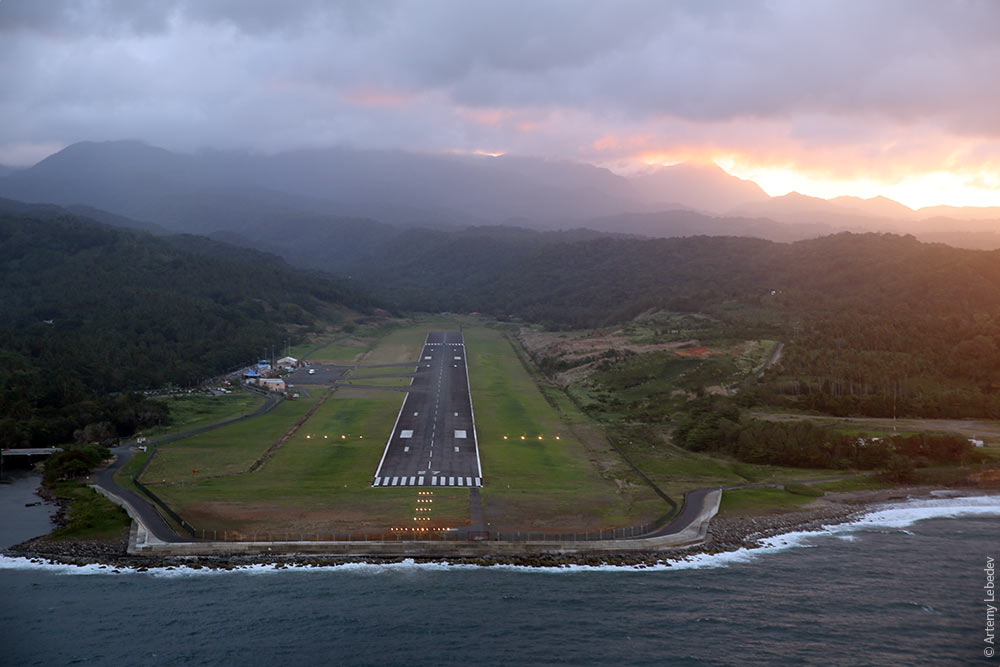 Dominica is an interesting case because it has nothing to offer except lush vegetation. The government decided that this was an excellent advantage and placed its bets on eco-tourism. 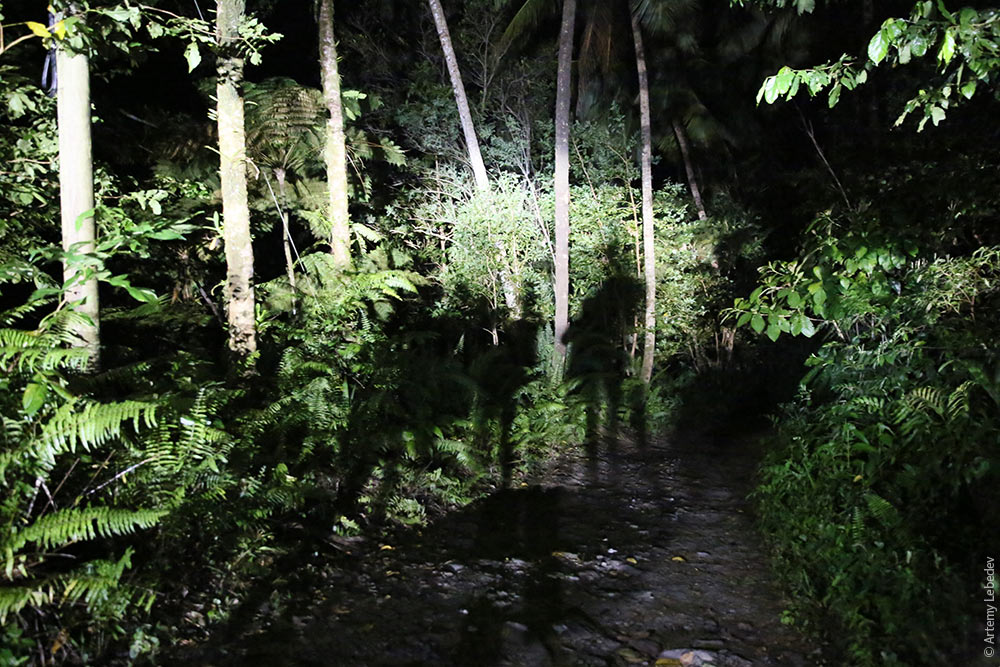 It’s no wonder the license plates are so uninteresting and inconsistent here: everyone’s free to cobble together whatever they want. 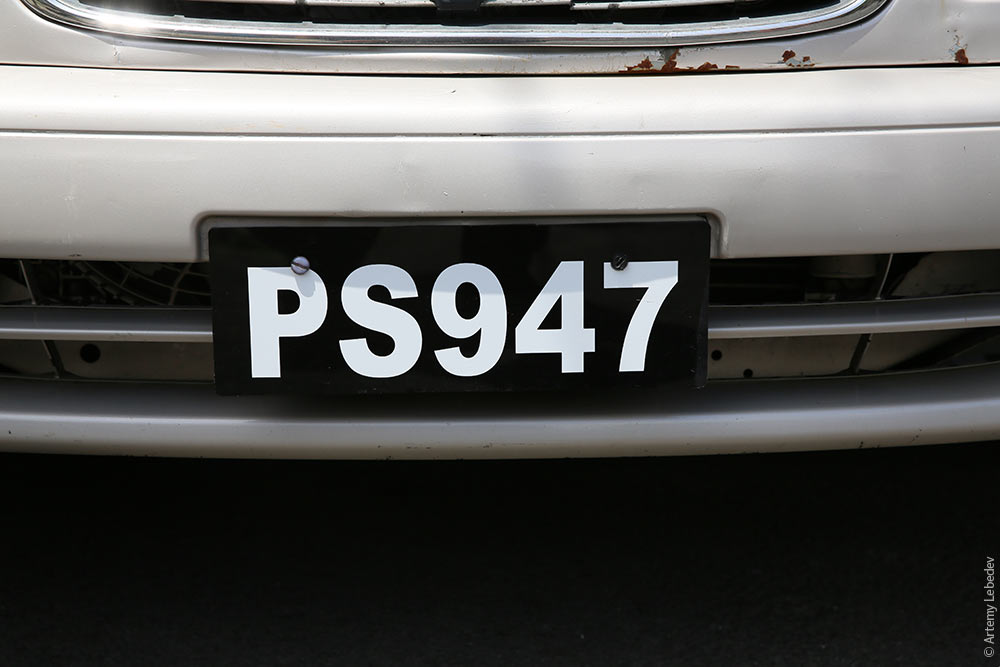 The design of the license stickers hasn’t changed in many years. Only the color varies. 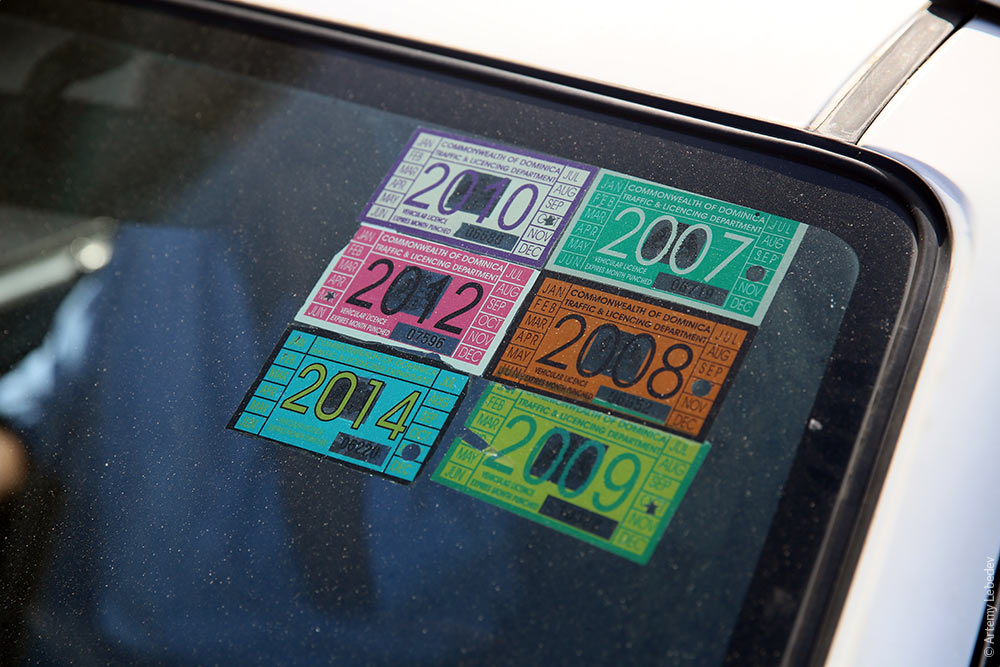 Drivers cover their windshields with dark film, leaving only a narrow strip to see through (like in Sudan). 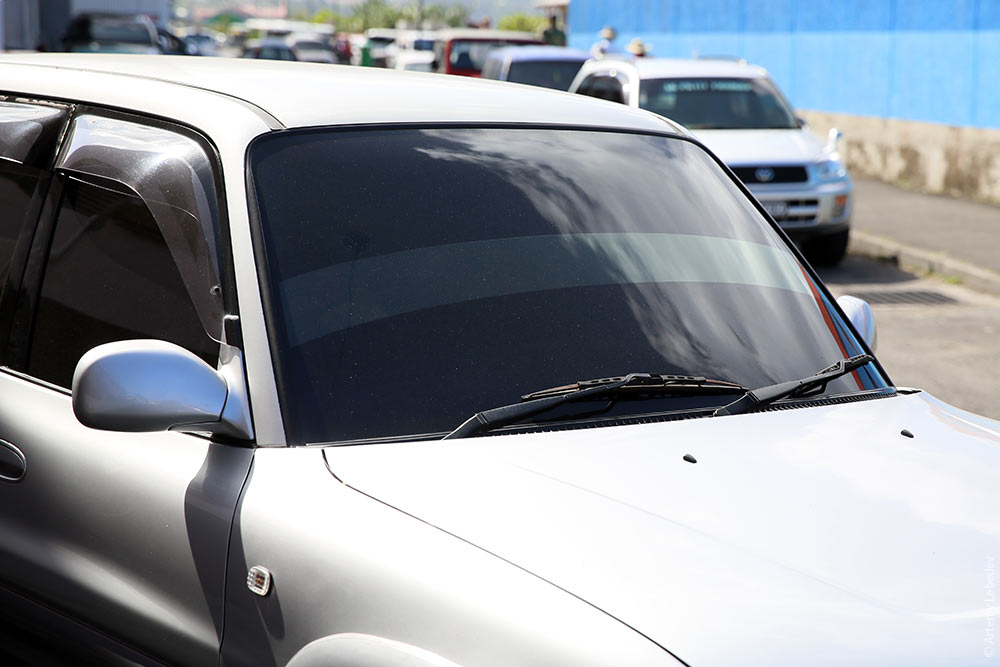 Dominica is home to what remains of the Caribs, an indigenous people that was nearly wiped out by enlightened white European colonists. The Caribbean islands are named after them. There are only 3000 Caribs left today. They live separately on their own territory and don’t mix with other groups (like Armenians or North Koreans).  A shop class at a Carib school. As I was taking a photo, one of the students gave me the finger, thinking he was outside the frame and not realizing that I had a wide-angle lens. There’s no need to worry about the Carib people: their development is right on schedule. 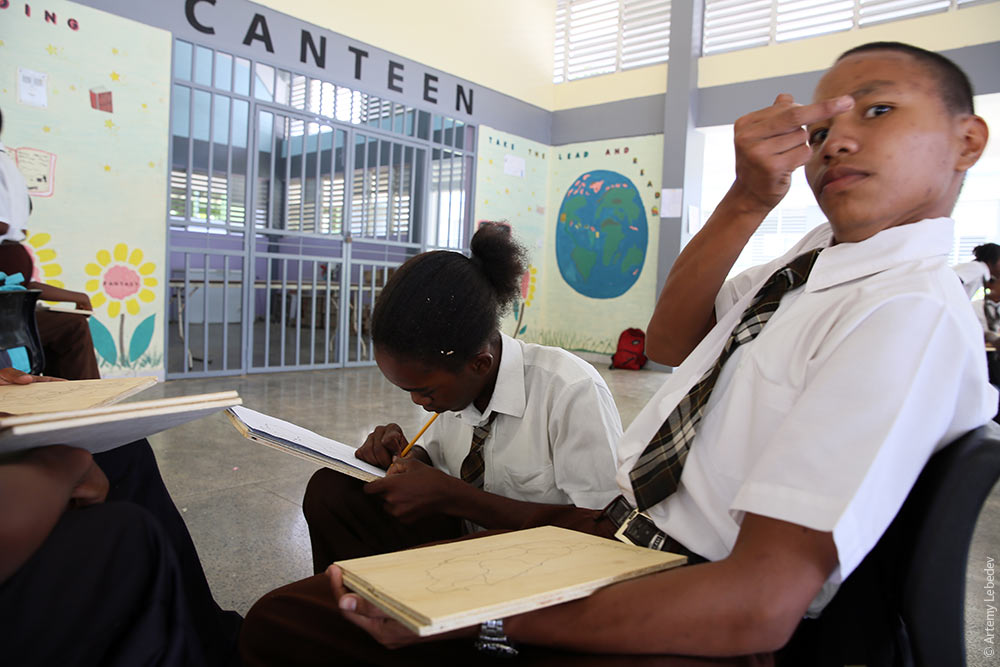 The school has very strict rules. Students aren’t allowed to leave the campus, but there’s no cafeteria at the school. So enterprising middlemen make their buck by running to nearby vendors for sandwiches and juice and reselling them to hungry students. 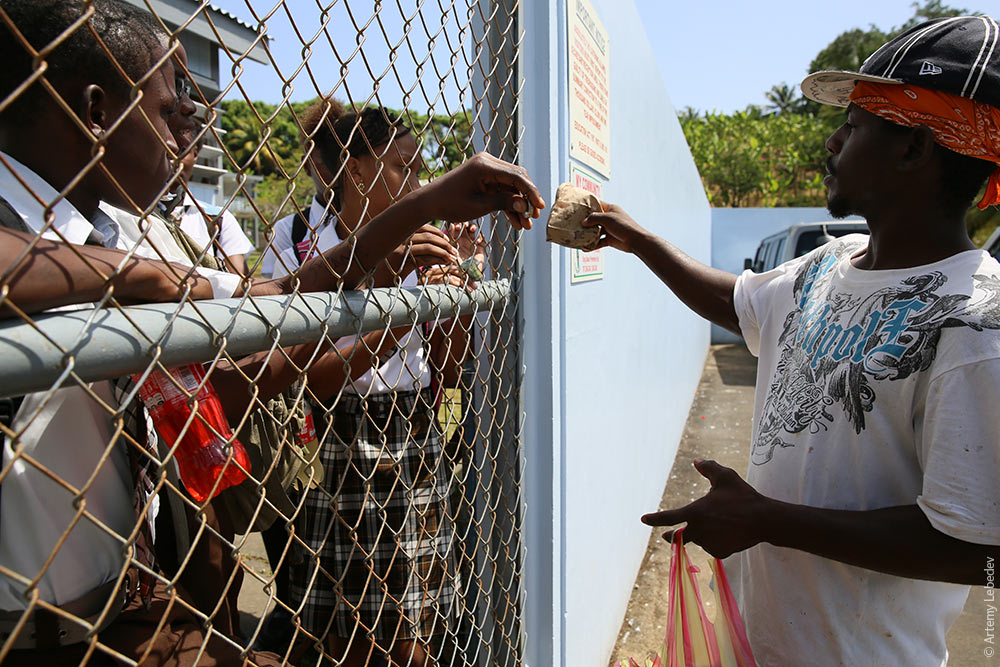 A Carib bakery cashier. There’s an excellent Coca-Cola poster next to her. If you stand in front of the poster, your brain explodes. 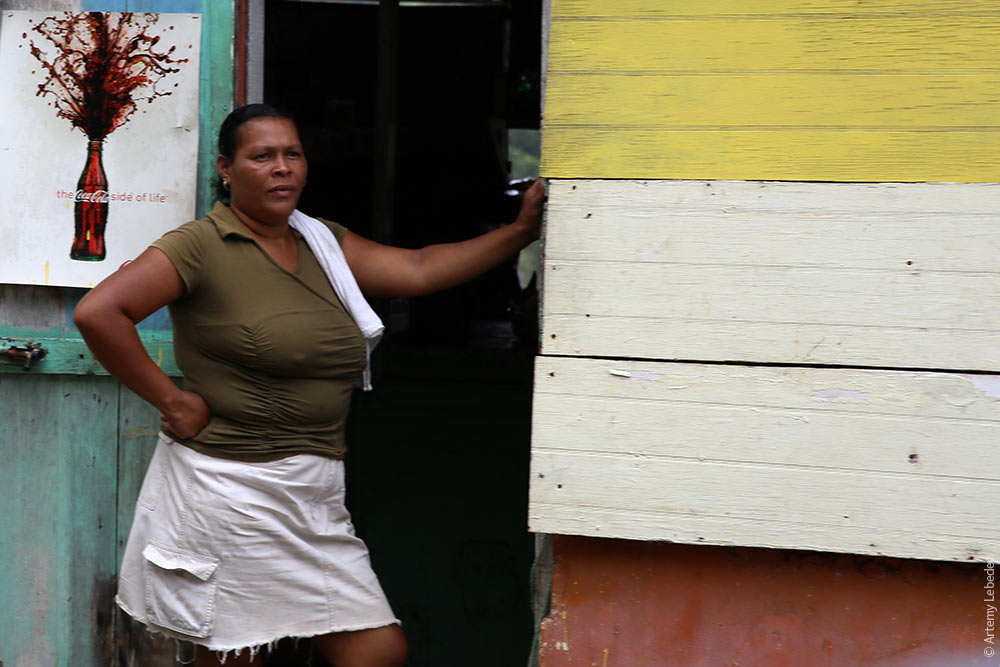 An old Carib woman. 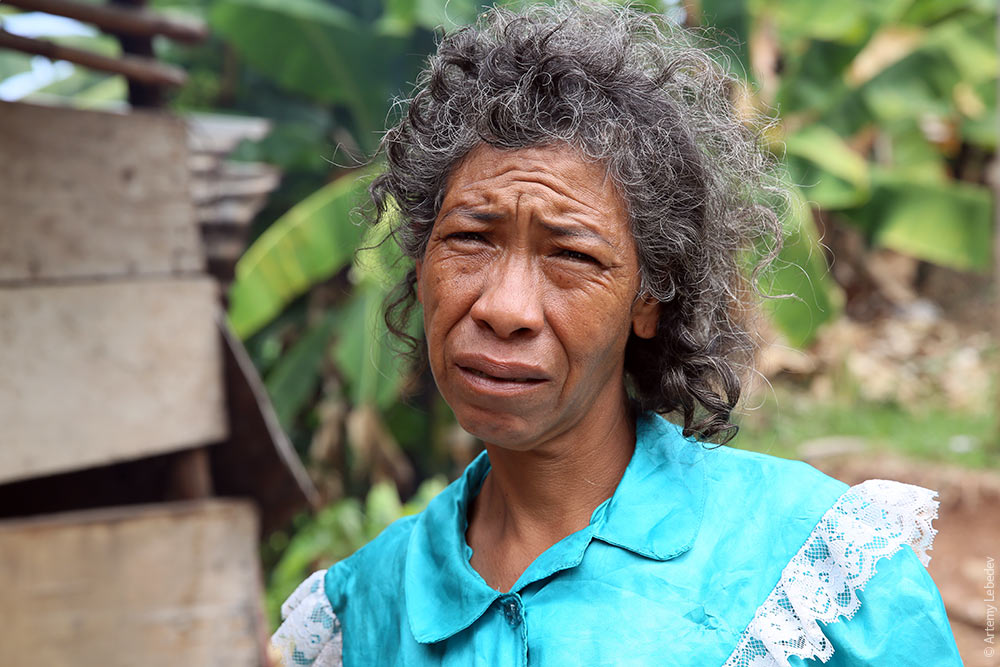 Many Caribs look more Japanese than Amerindian. 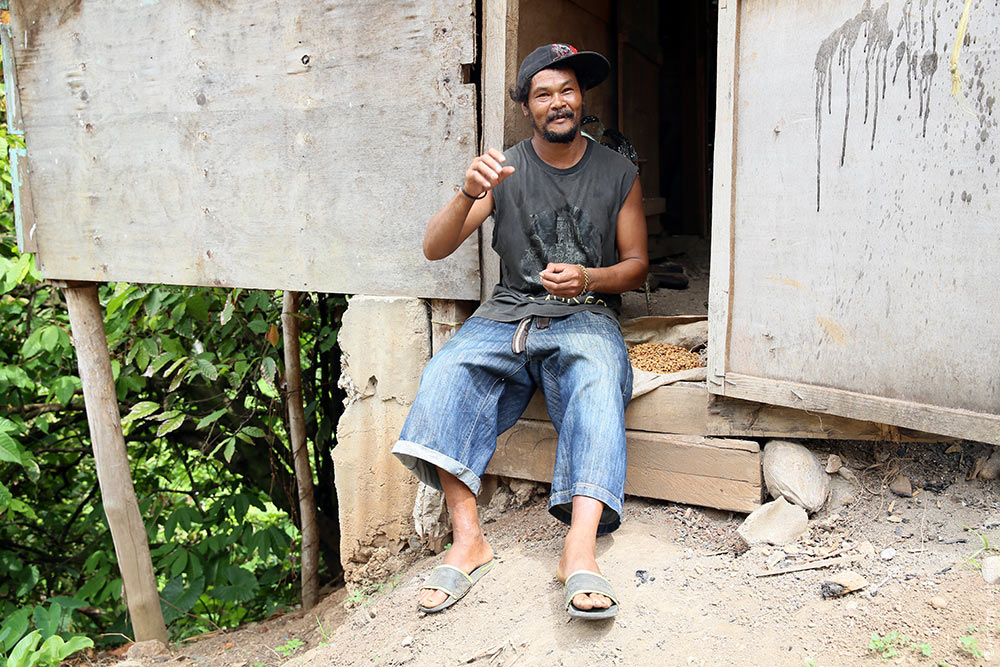 What a beer ad looks like in a country with no alcohol marketing restrictions. Just drink a bottle of this beer, and a naked chick will come crawling to you on all fours through ankle-deep water! Because you’re so irresistibly cool, drinking that bottle of beer. 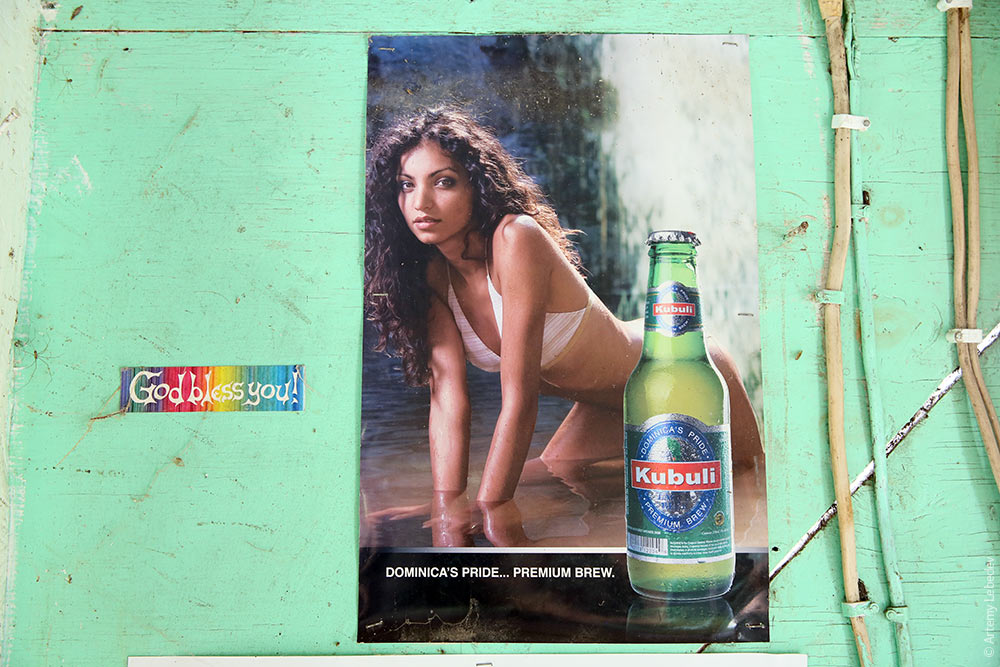 Our dear old friends: flower planters made from tires. They’re not just in Russia. 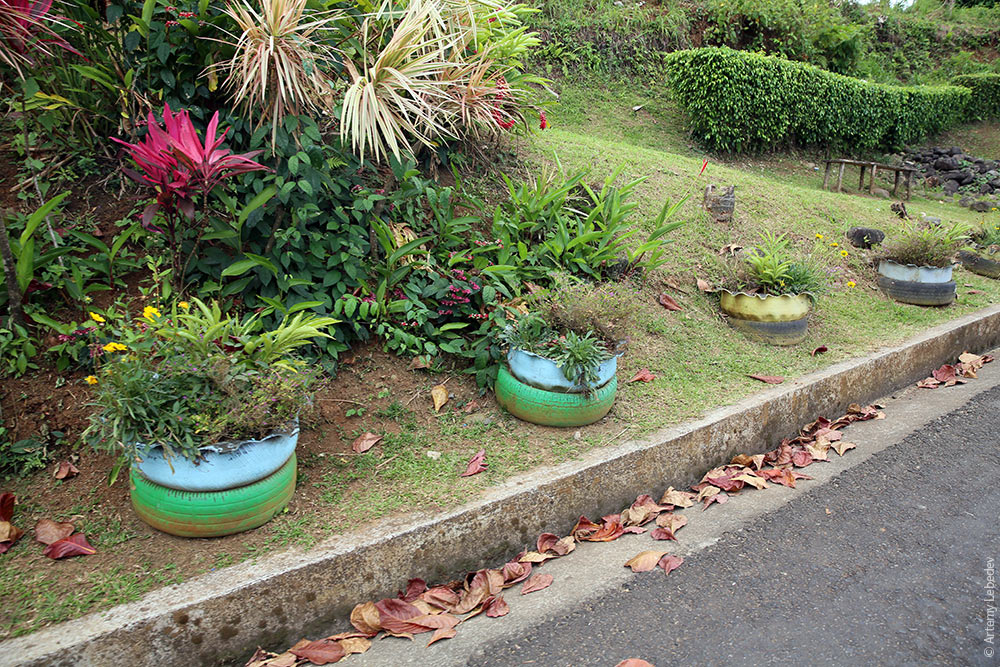 Whoy whoy whoy! The government is up to its neck in debt, the economy is going down the tubes, and they’re building themselves a palace! (A political PSA.)  There are two cities in Dominica: the British Portsmouth and the French Roseau. PortsmouthMapThe country’s second-largest city. 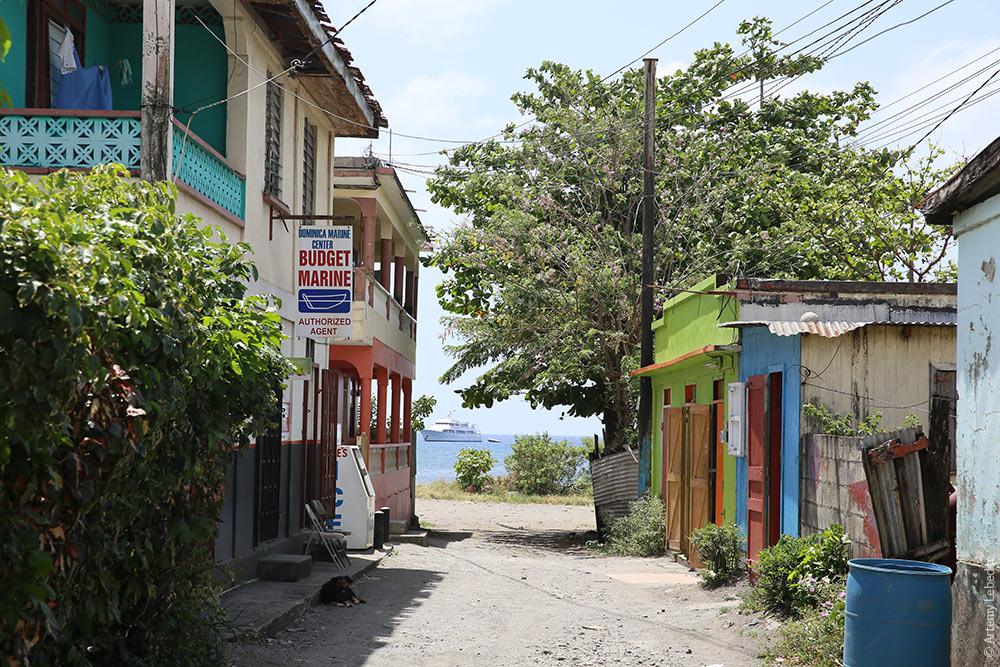 The streets aren’t much to look at. 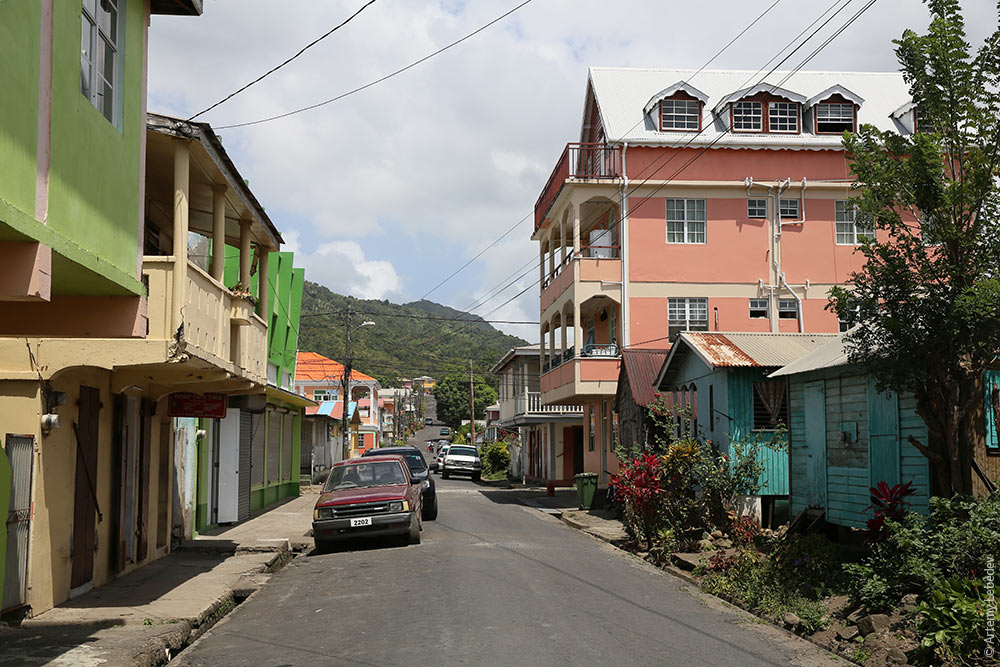 But suddenly, bam! An architectural masterpiece. 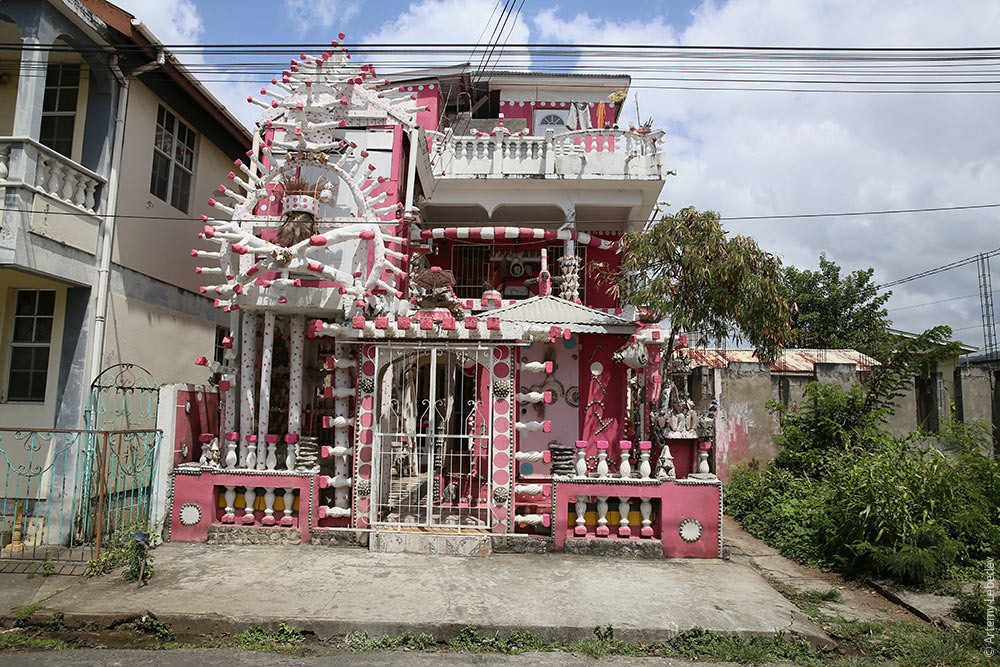 The Venus of Portsmouth. 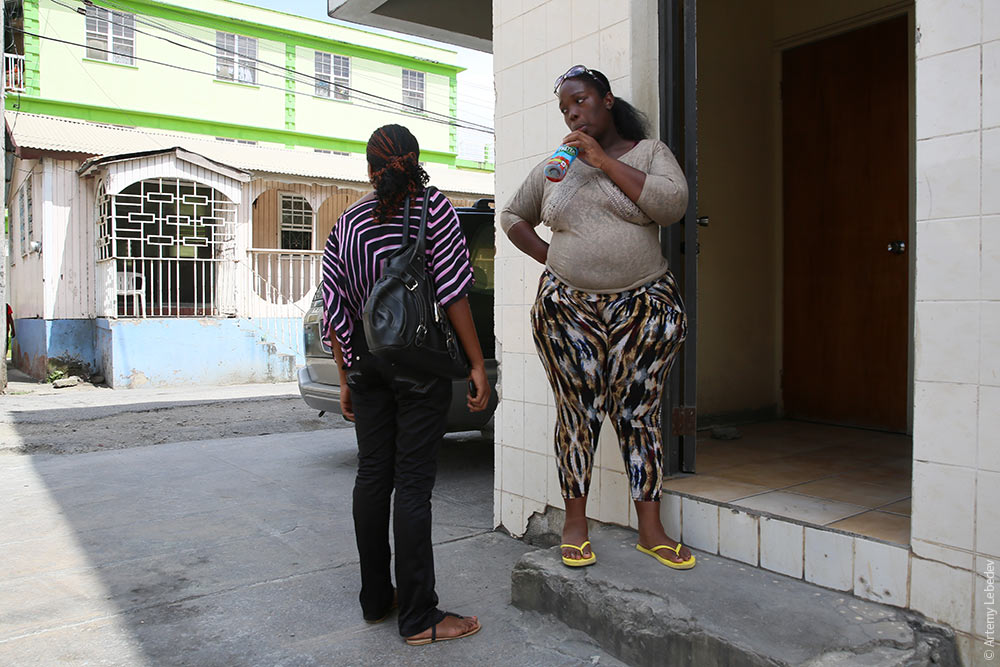 A waitress. 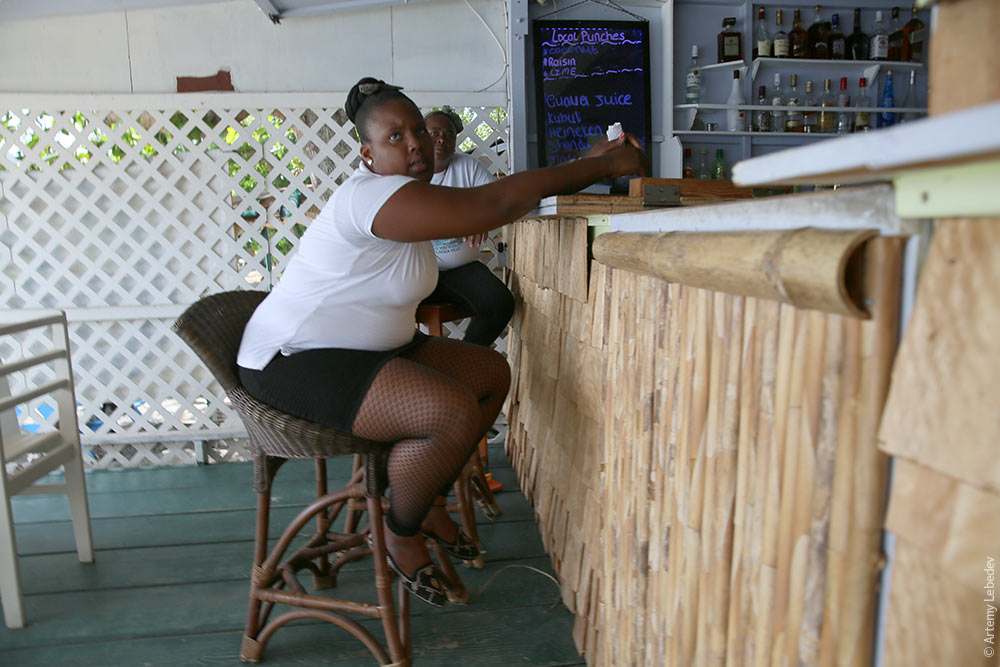 A payphone. 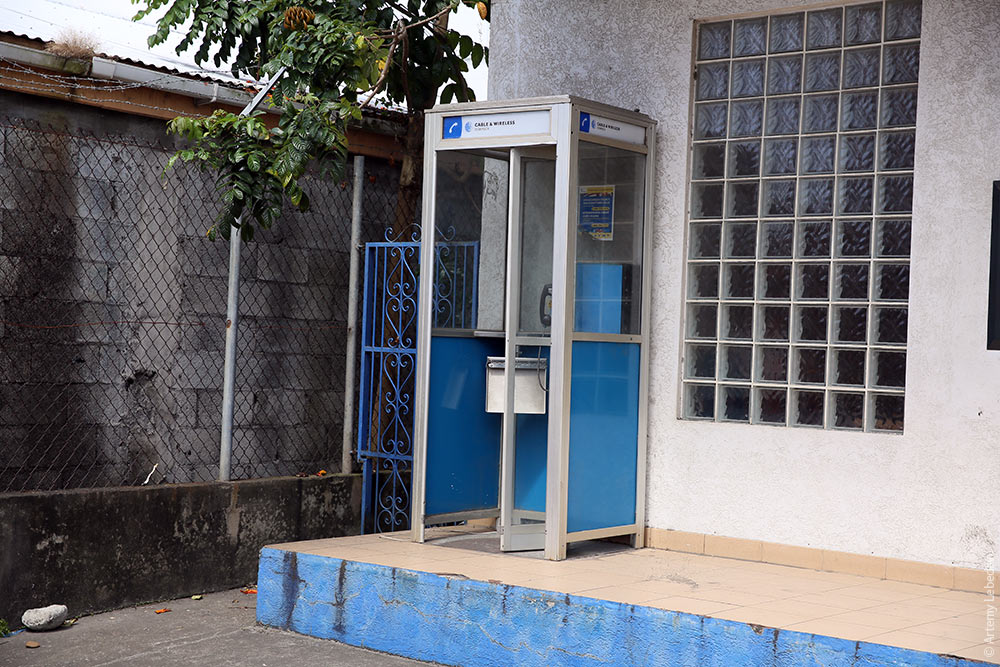 A fire hydrant. 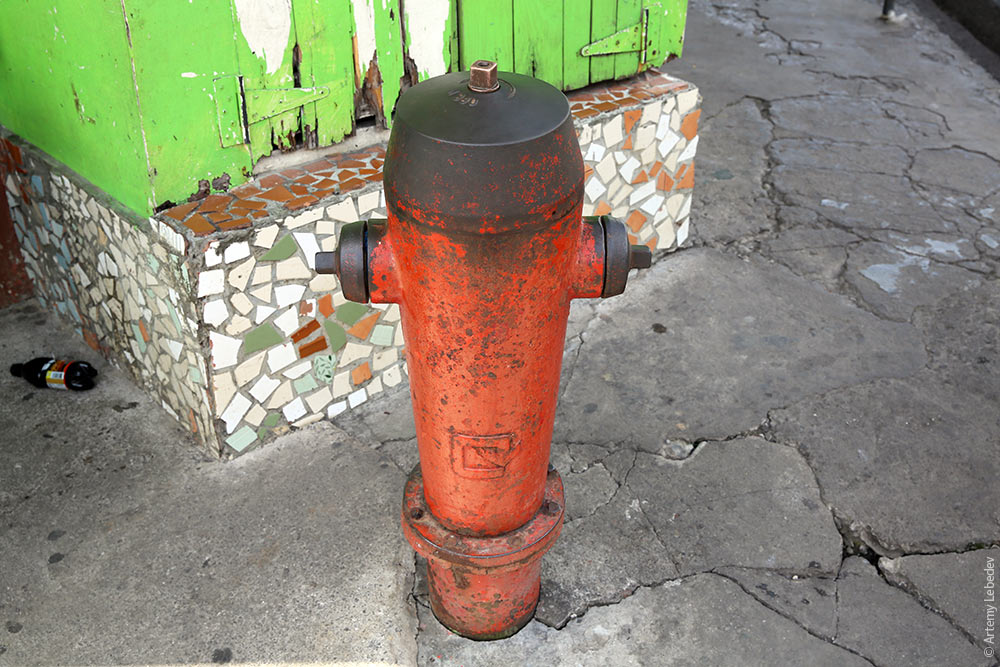 RoseauMapThe capital. 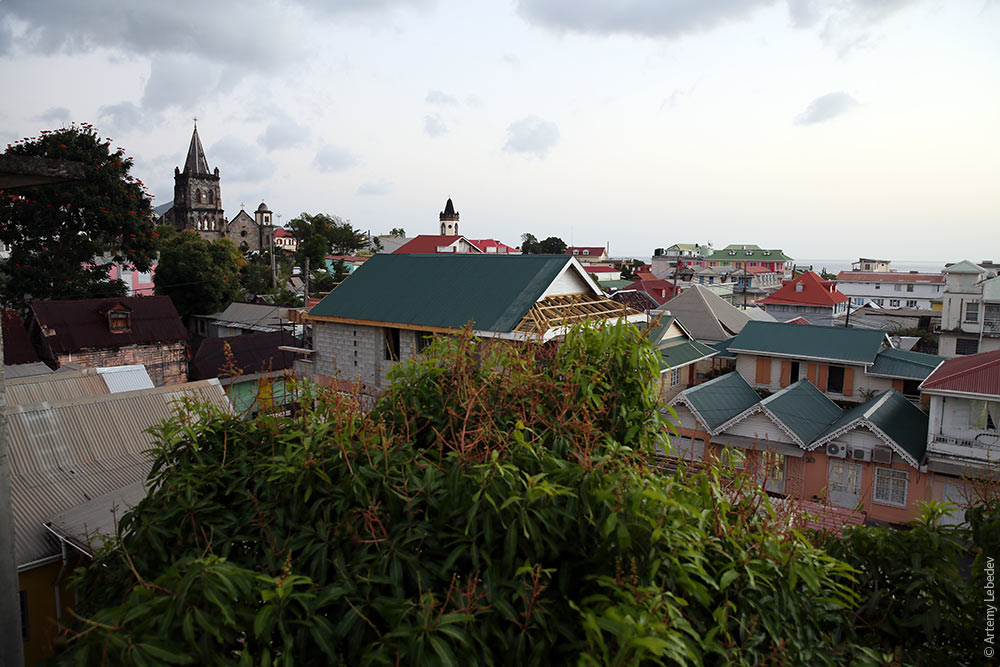 They’re trying to give the roofs a distinctive pitch here, but it’s no match for East Timor.  The city is quite lively. 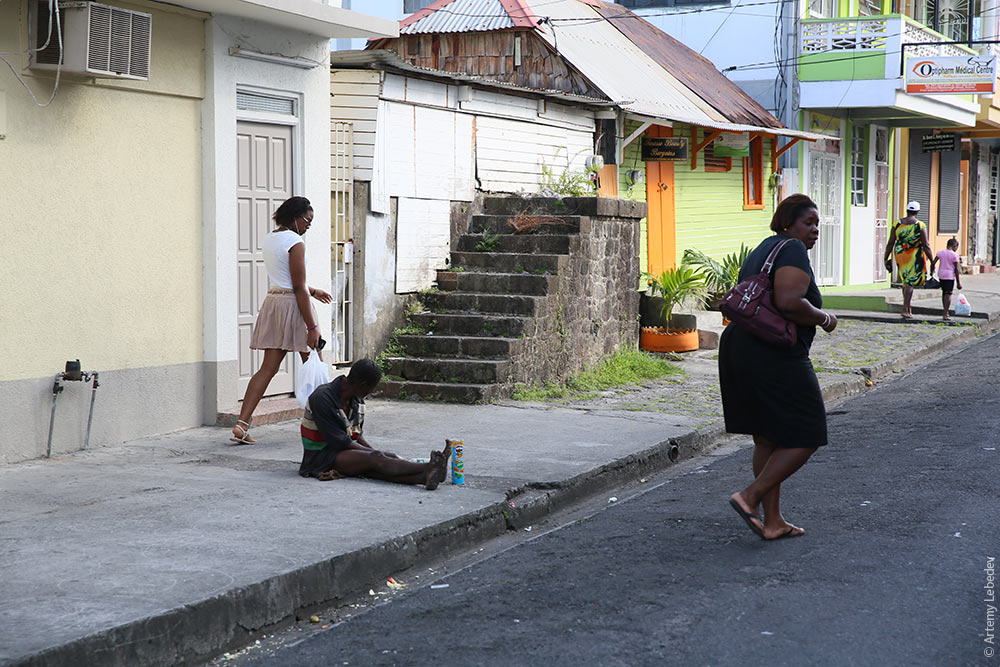 A wire intersection.  Every building has water meters out front. 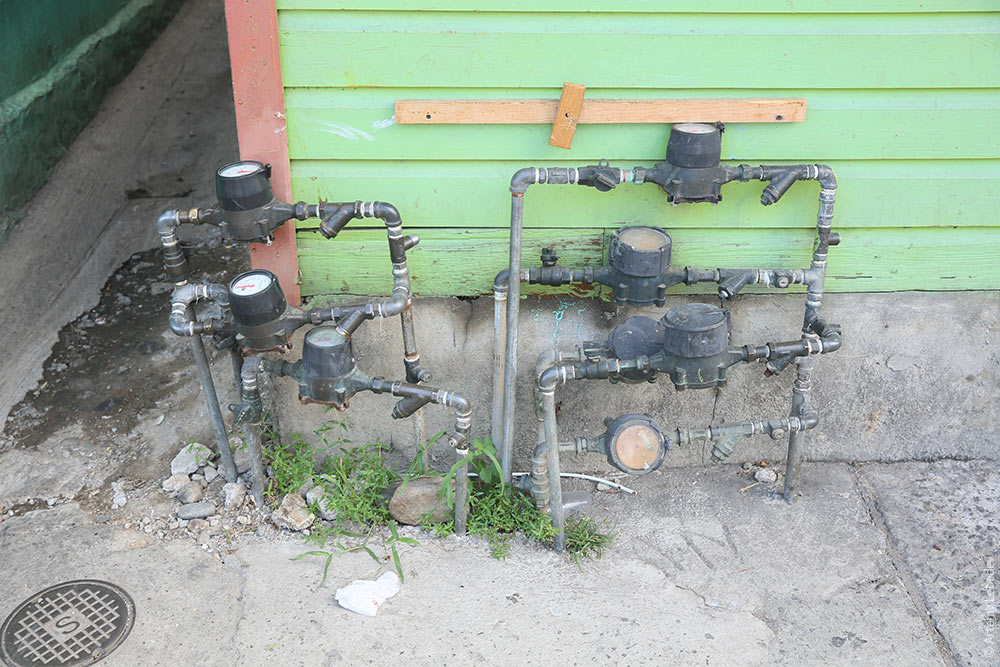 The Roseau trash can. 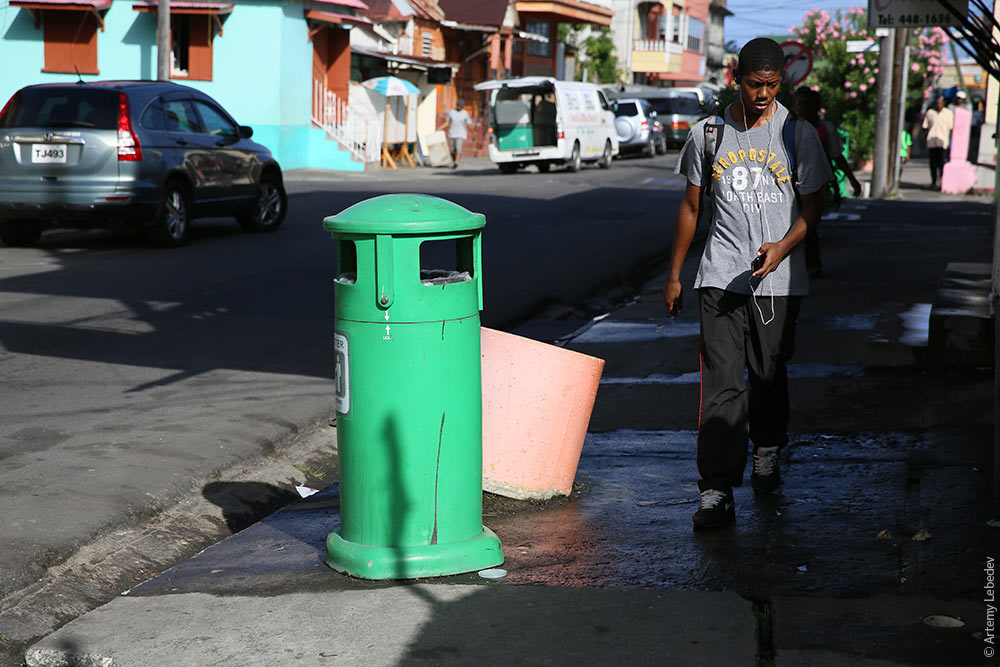 Post boxes in the street have been turned into trash cans. 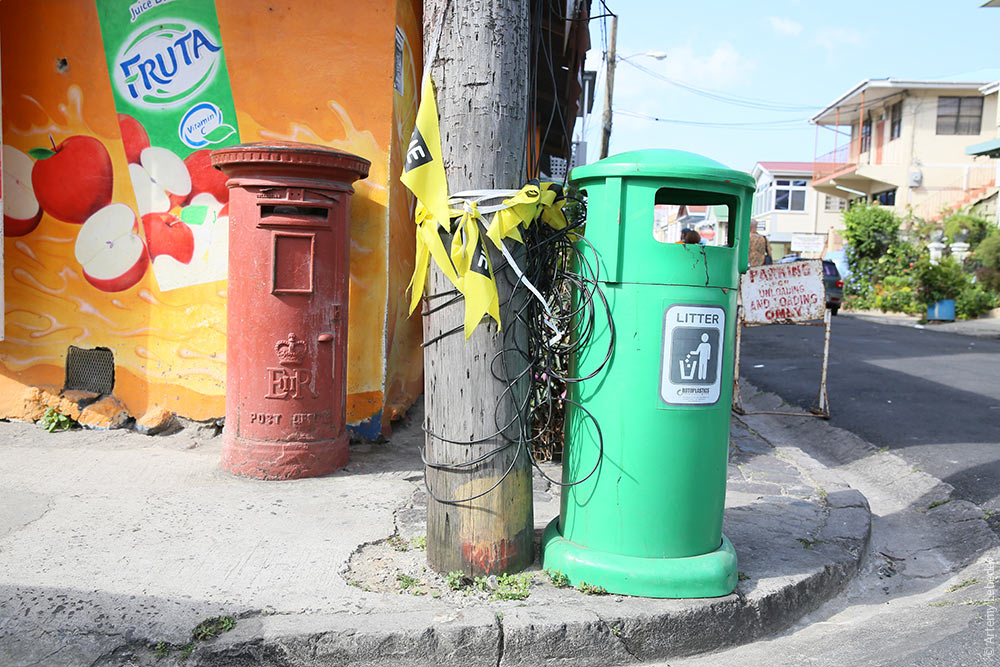 The only functioning post boxes are at the post office. But a security grate blocks access to them on the weekends, and they’re too far to reach by sticking your arm through the grate. 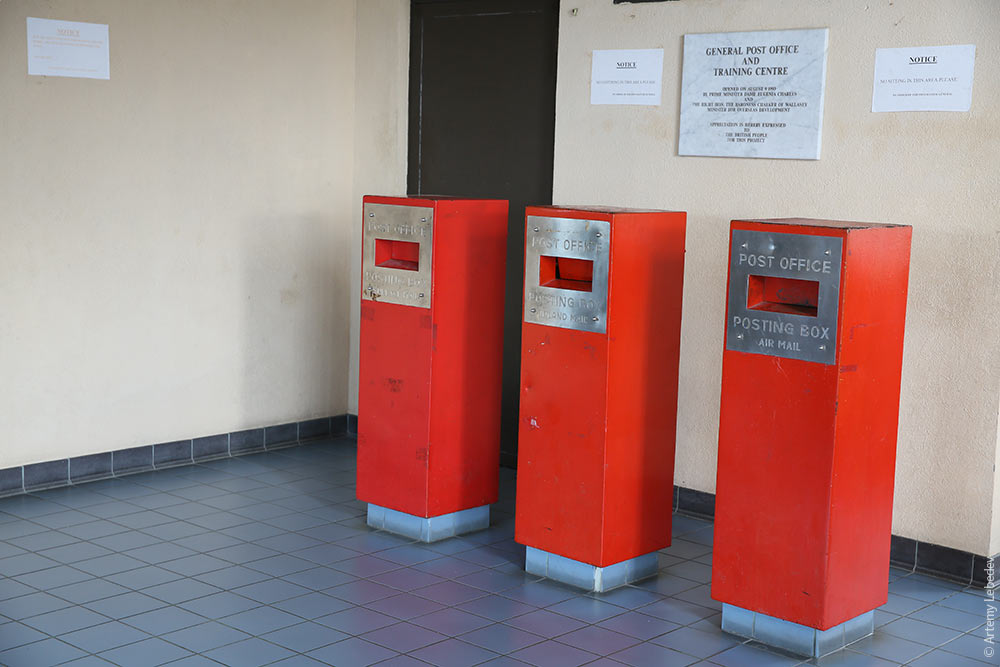 A Roseau payphone booth. The wood is meant to represent the country’s eco-friendliness. The capital serves as a port of call for cruise ships, and the tourists need to be entertained somehow. 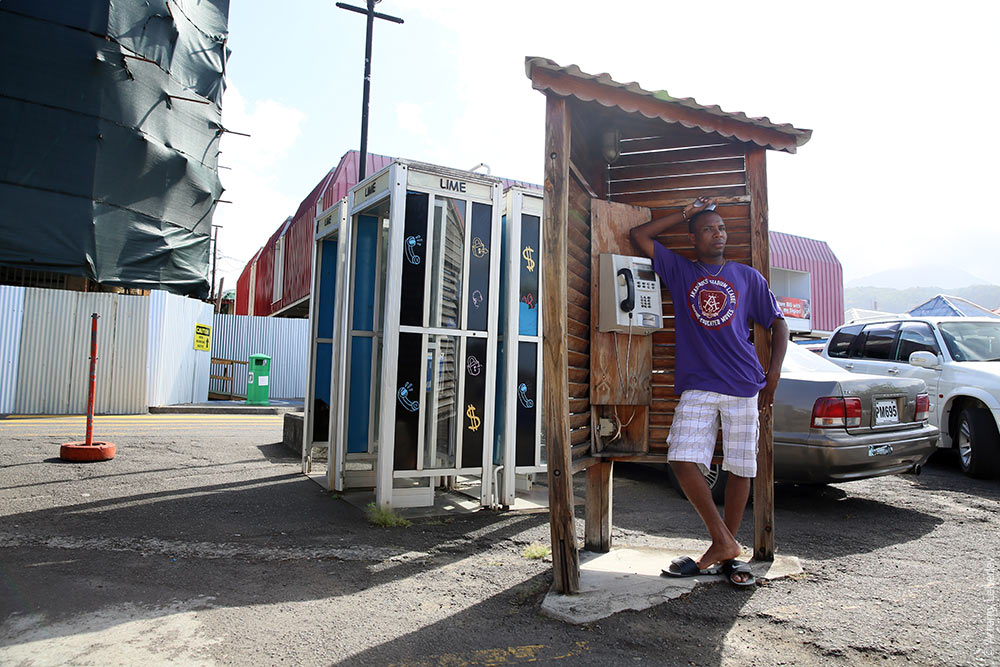 Street signs. 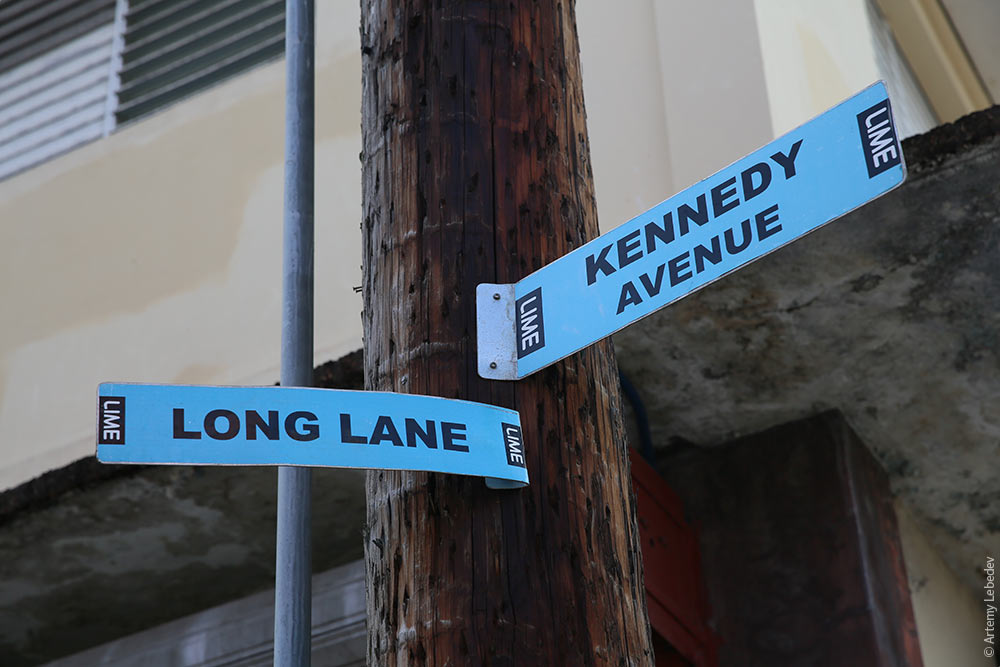 The market. 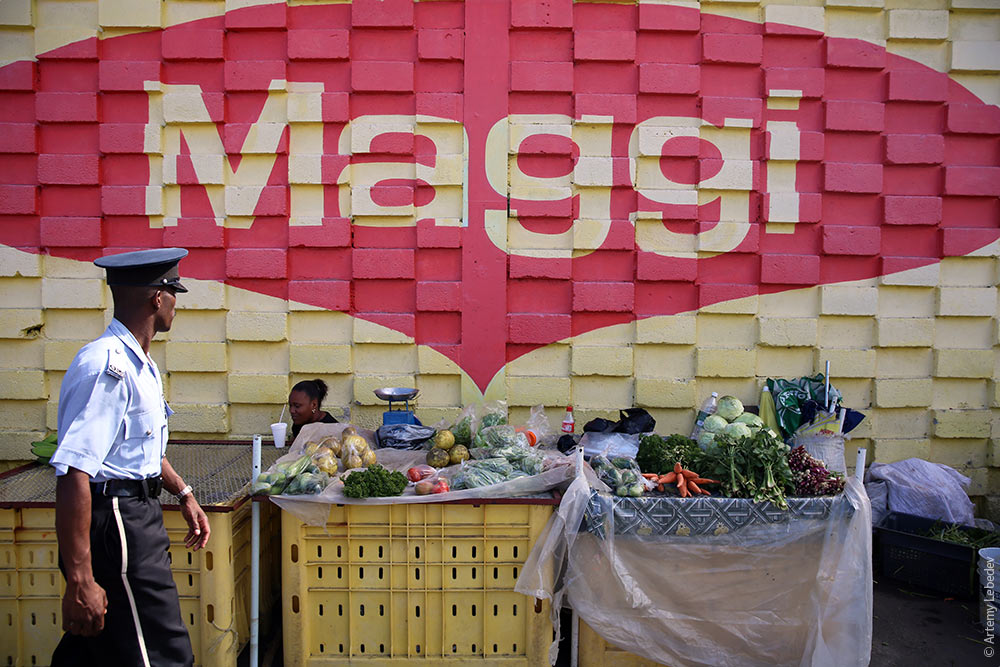 Dominica is a place where you become one with nature. 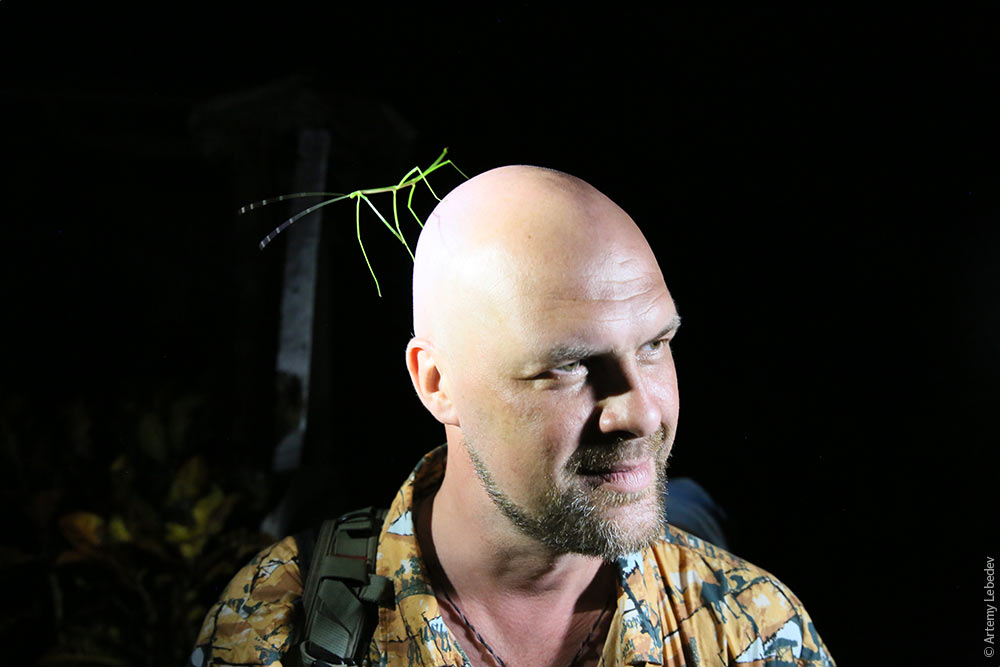 And where ferns grow as tall as sequoias. 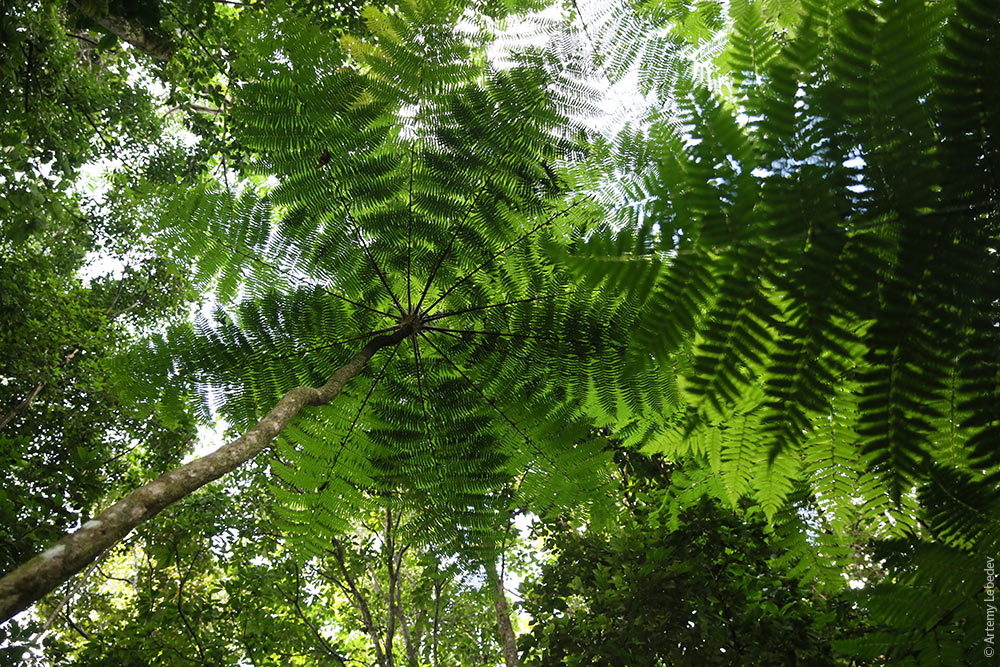 |